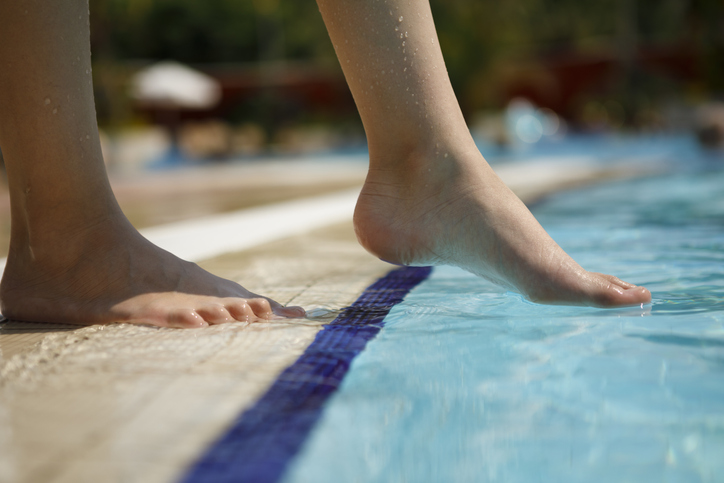ANSI/APSP 11-2019: Water Quality in Public Pools and Spas

July often proves to be an incredibly hot month. One of the best ways to combat the discomfort that comes from the heat is by swimming, something that is incredibly popular among Americans. According to the CDC, there are 10.4 million residential swimming pools in the United States. Those who do not have access to one of these private pools can seek sanctuary in one of the 309,000 public swimming pools throughout the nation, for a small fee.
The health of the large amount of people who use public pools should be the primary concern of the management. However, the CDC has recently reported that there have been several outbreaks of disease as a result of using public swimming pools in the United States, specifically the presence of the protozoan Cryptosporidium. This has been occurring because many public pools have not been correctly cleaned. The procedures laid out in the ANSI/APSP 11-2019 standard address the management of water quality in public pools and spas.
ANSI/APSP 11-2019: American National Standard for Water Quality in Public Pools and Spas, came from a general lack of cleanliness that had been observed in public pools for decades prior to its approval in 2009. The objective of this standard was to provide recommended minimum guidelines to for the specifications of water quality parameters. It was the first data-driven national standard focused primarily on pool and spa water quality.
ANSI/APSP 11-2019 set the recommended amounts for two main chemicals in pool water: chlorine and bromine. The ideal concentration of Free Available Chlorine (FAC) in public pools and spas should be about 2-4 parts per million (ppm). These amounts are regulated by the EPA, which have them set to 2-4 ppm for public pools and 2-5 ppm for spas. The amount for pools is identical to the amount set for drinking water. The allowance of higher concentration for spas is due to the fact that people are less likely to swallow the water at spas. By keeping the FAC above 1 ppm, public pools can ensure inactivation of bacteria and other pathogens in the water. This is especially important for managing Cryptosporidium, which has an extended inactivation time of 10 days while exposed to a FAC of 1 ppm, and has recently been found in public pools.
The ideal range for bromine concentrations is 3-4 ppm for pools and 4-6 ppm for spas. This chemical is also essential for killing any harmful microorganisms that have entered the water. Additional sanitation of the water in pools and spas can be provided from moderate amounts of ozone along with exposure to ultraviolet light from lamps, which can damage the nucleic acid of microorganisms, preventing them from replicating. The ideal pH of the water is between 7.2 and 7.8, which prevents the water from irritating people’s eyes.
This standard provides pool-goers with safety from any diseases they might be susceptible to. However, it is just as important that they make sure to be responsible for their health as well and shower before and after swimming in public pools.
ANSI/APSP 11-2019 was published by the Association of Pool and Spa Professionals (APSP), an ANSI-accredited standards developing organization. Since the publication of this standard, APSP merged with the National Swimming Pool Foundation (NSPF) and became the Pool & Hot Tub Alliance (PHTA).
ANSI/APSP 11-2019: American National Standard for Water Quality in Public Pools and Spas is available on the ANSI Webstore.






